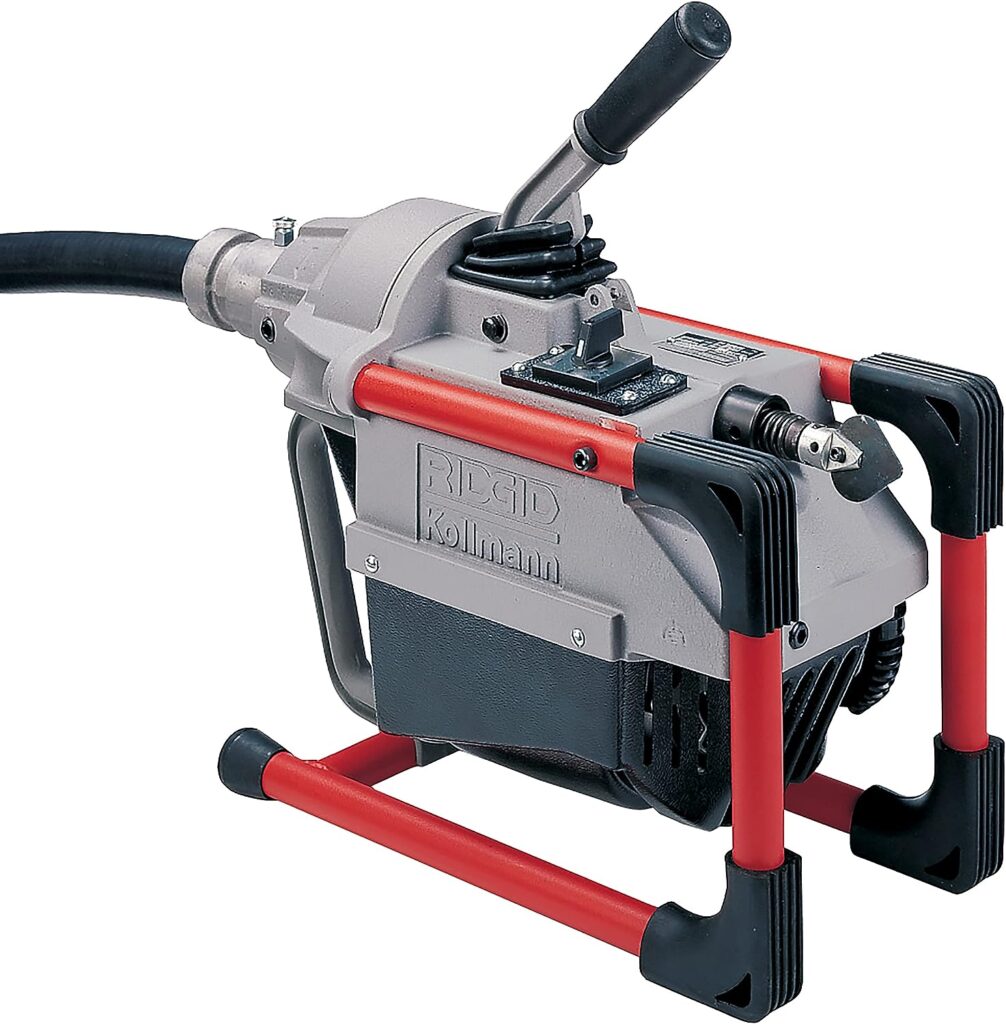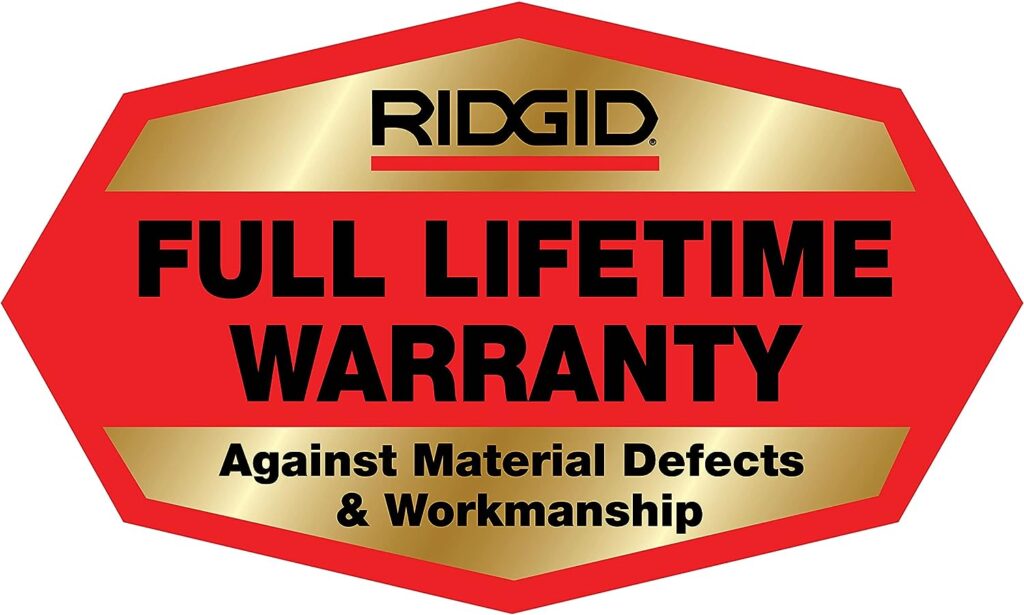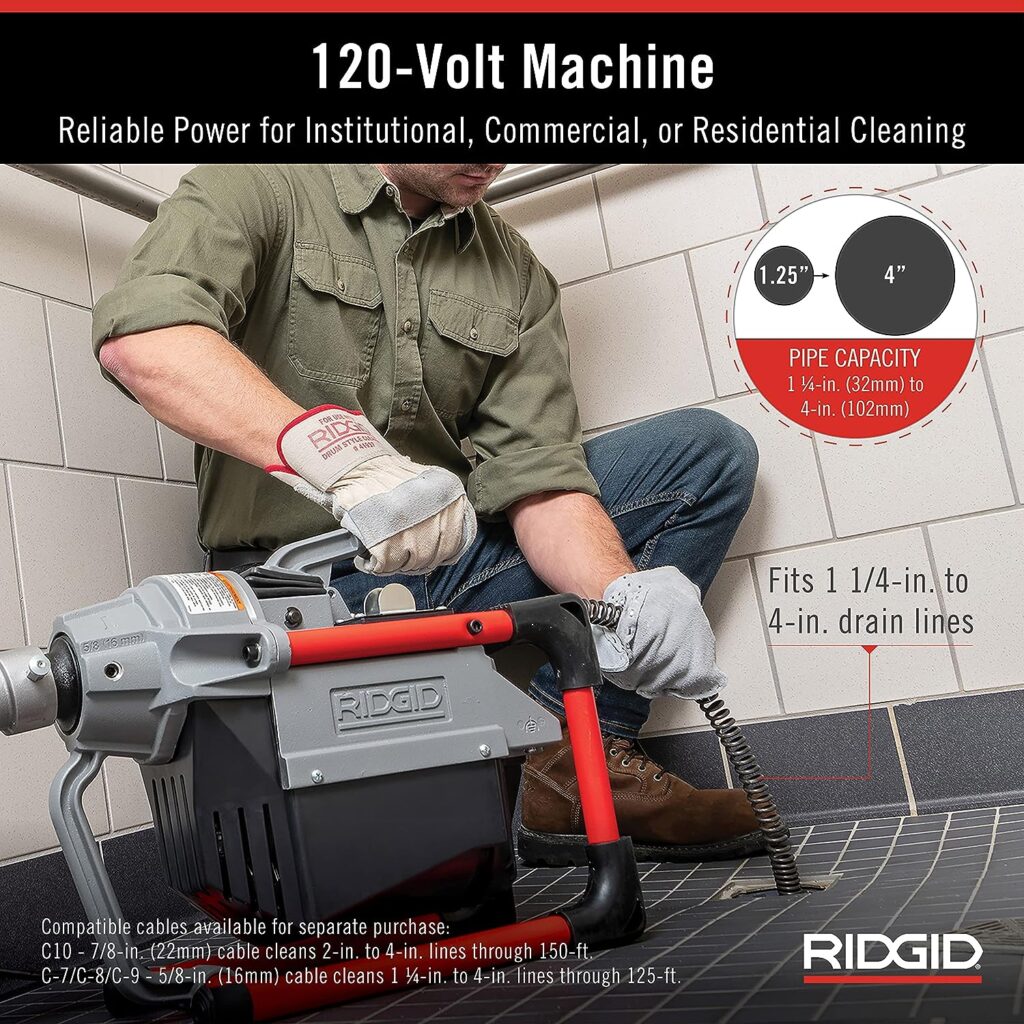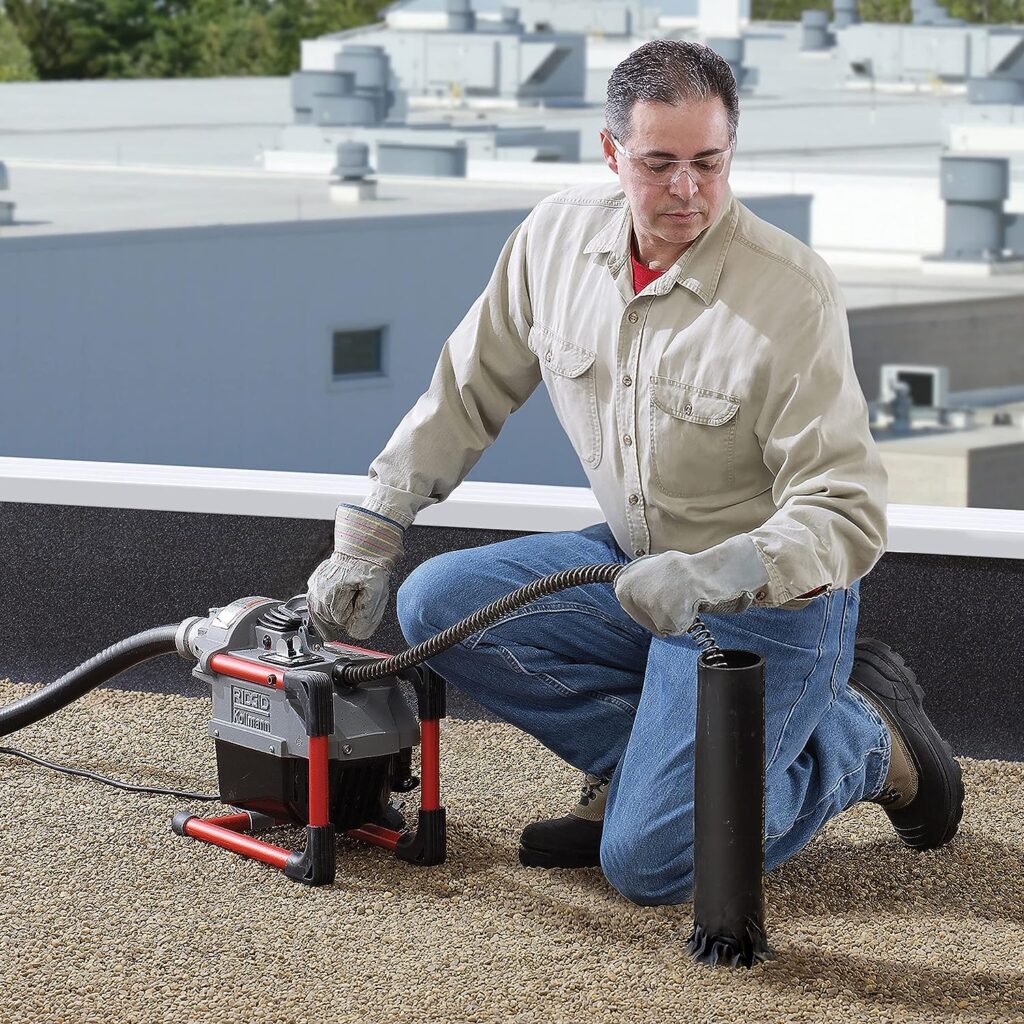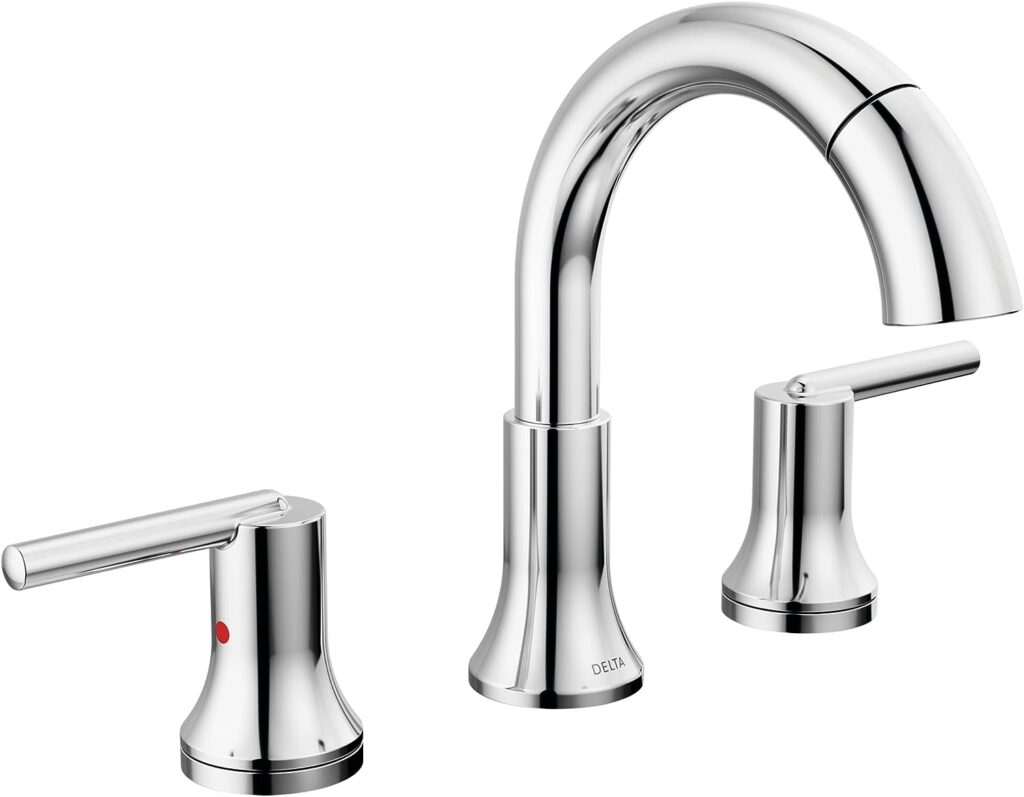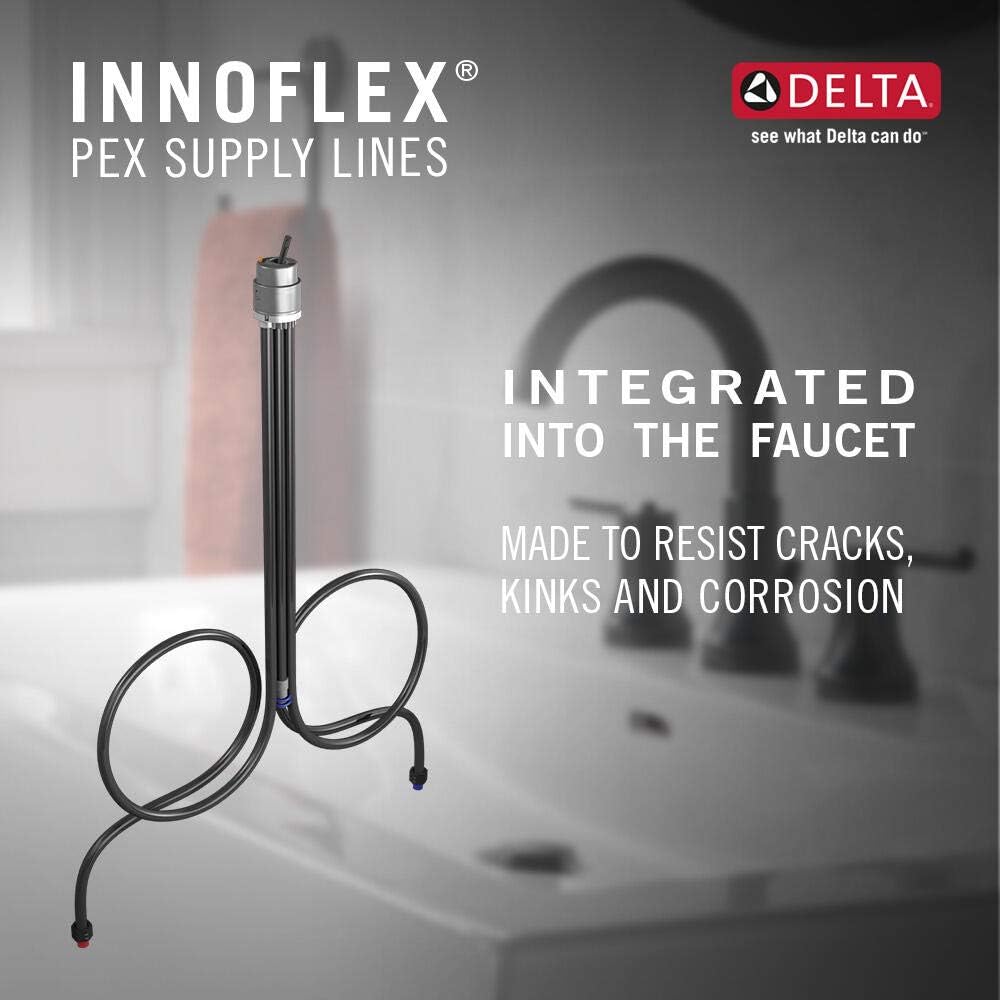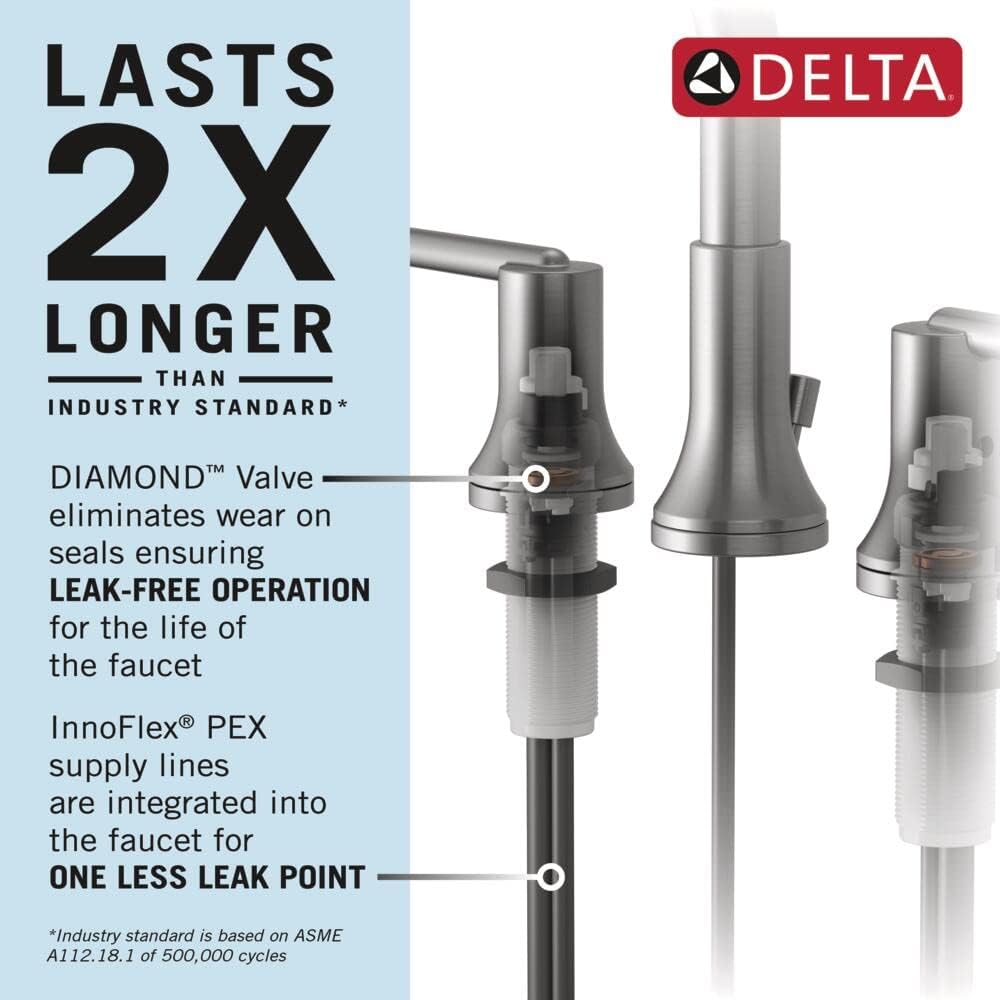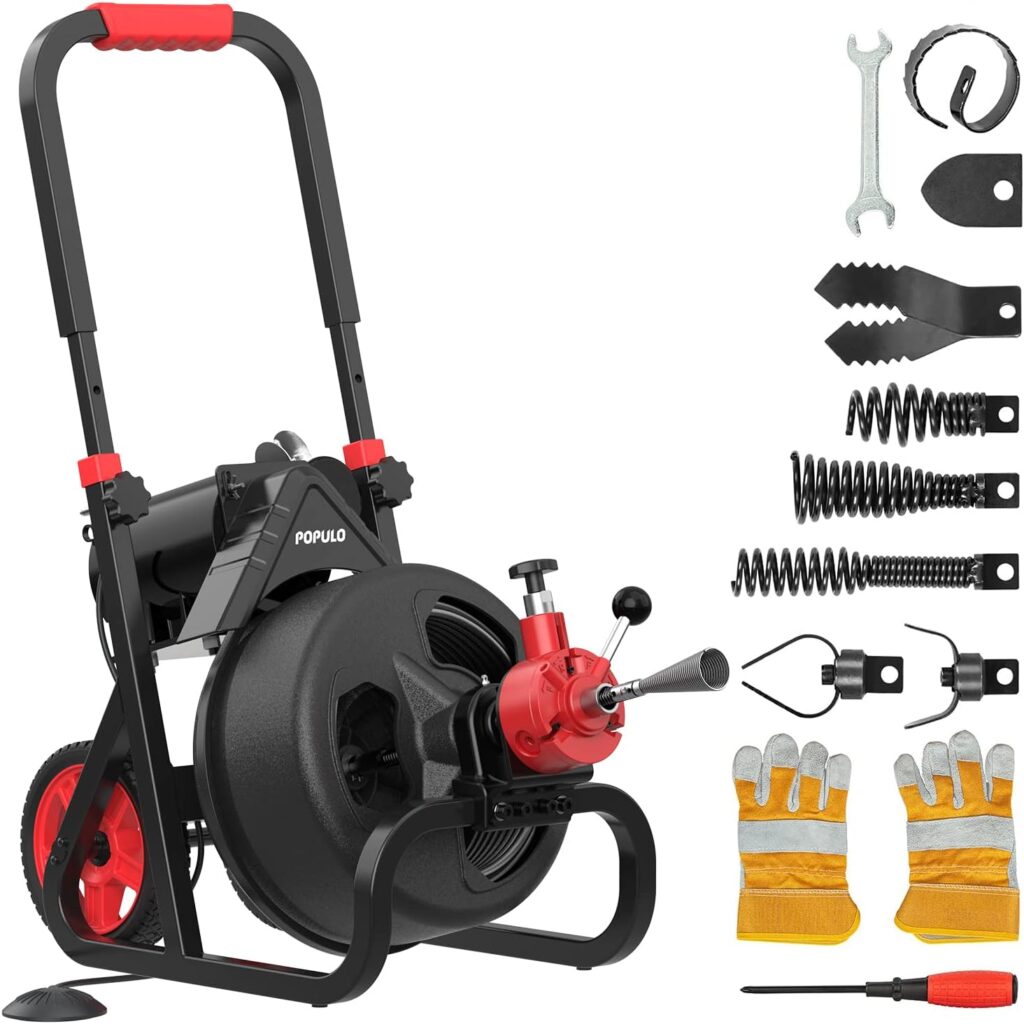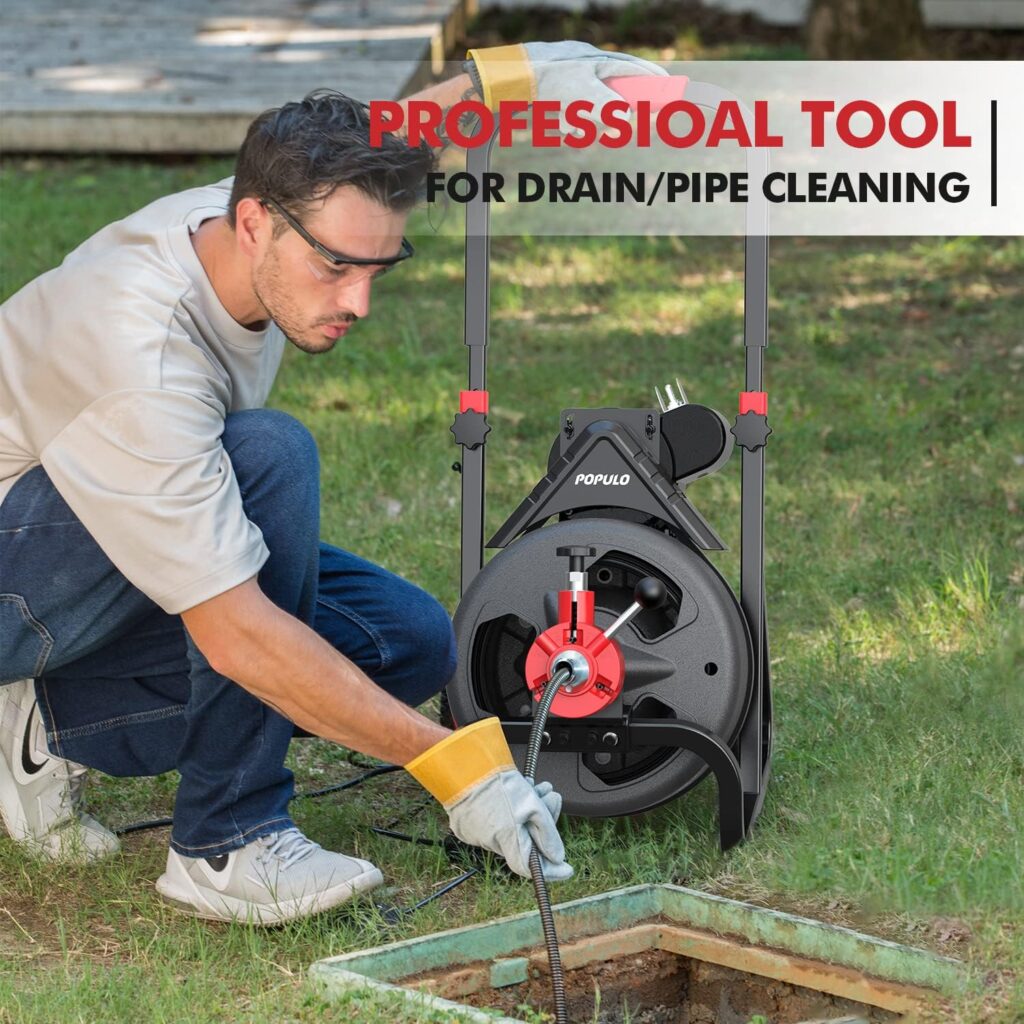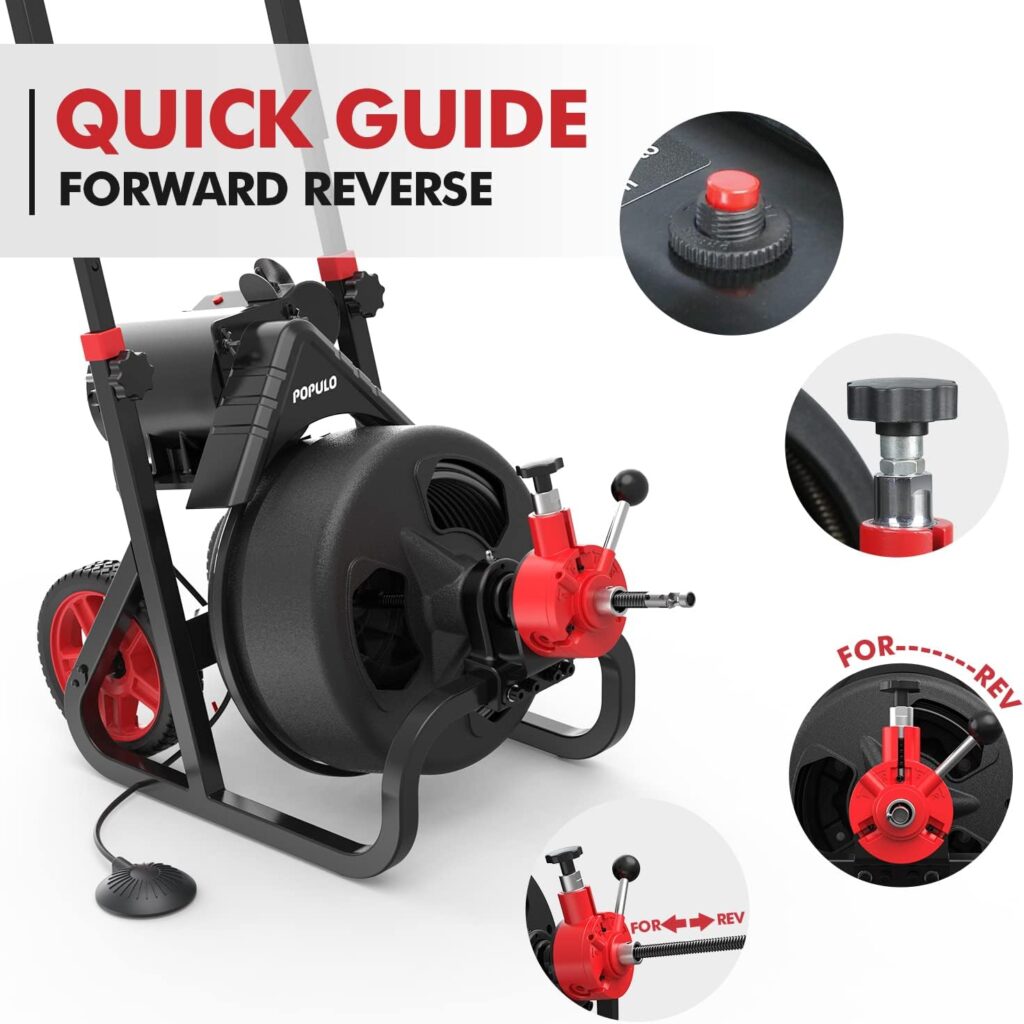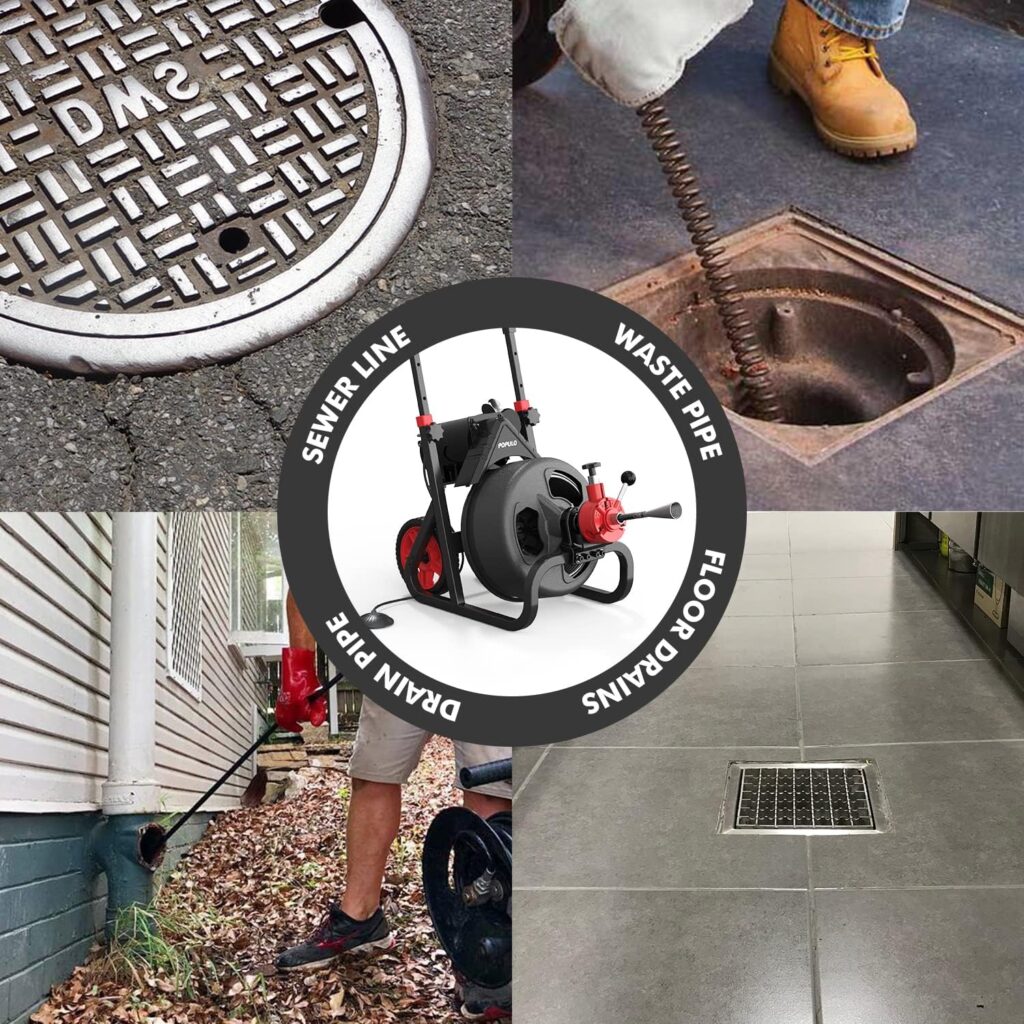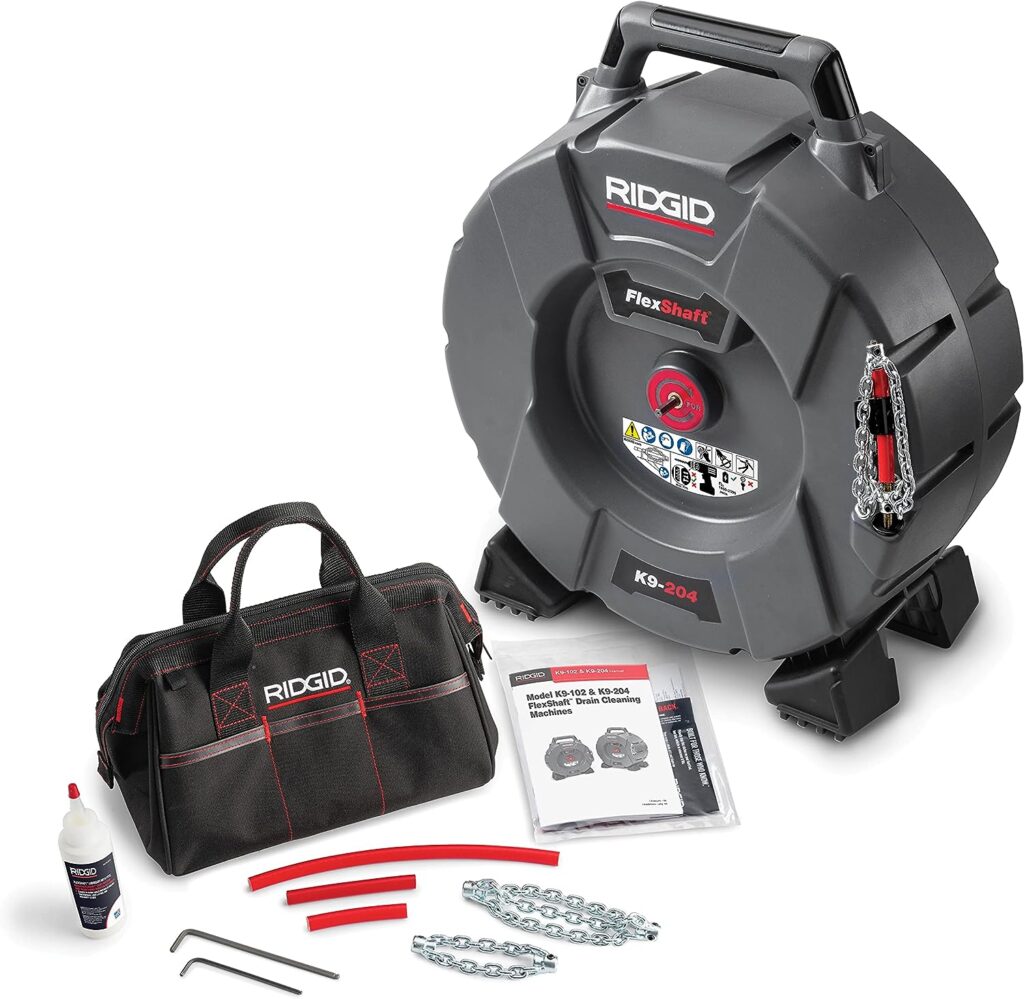If you’re considering tackling some plumbing work in your home, you may have wondered about the lifespan of your pipes. Understanding how long pipes typically last can help you plan for maintenance and repairs. In this article, we’ll explore common plumbing questions that arise when homeowners take on DIY plumbing projects and specifically address the question of how long pipes usually last in a home. By the end, you’ll have a clearer picture of what to expect and how to best care for your plumbing system.
Factors Influencing Pipe Lifespan
Material of the Pipes
The material of the pipes is one of the most important factors influencing their lifespan. Different materials have varying degrees of durability and resistance to corrosion. Copper pipes, for example, are known for their longevity and resistance to corrosion. On the other hand, galvanized steel pipes are prone to rusting and may have a shorter lifespan. The type of material used in the pipes can significantly impact how long they will last in a home.
Water Quality
The quality of the water flowing through the pipes can also have a significant impact on their lifespan. Water with high mineral content, known as hard water, can cause mineral buildup and corrosion over time, leading to pipe deterioration. Similarly, water that is overly acidic or alkaline can also contribute to pipe damage. It is important to consider the water quality in your area and take appropriate measures, such as installing a water softener or using water treatment systems, to minimize the impact on the lifespan of your pipes.
Usage and Maintenance
The way pipes are used and maintained can greatly affect their lifespan. Excessive usage, such as constant high water pressure or frequent heavy usage, can put additional stress on the pipes and lead to wear and tear. Additionally, poor maintenance practices, such as neglecting leaks or failing to clean out clogs, can contribute to pipe deterioration. Regular inspections, prompt repairs, and proper maintenance can help extend the lifespan of your pipes.
Climate and Weather
The climate and weather conditions in your area can also play a role in the lifespan of your pipes. Extreme temperatures, whether hot or cold, can cause pipes to expand and contract, leading to cracks or leaks. Freezing temperatures, in particular, can cause pipes to burst. Additionally, areas prone to high humidity or excessive moisture may experience increased corrosion and pipe deterioration. Understanding the climate and weather patterns in your region is crucial for assessing the potential impact on your pipes’ lifespan.
Installation Quality
The quality of the initial pipe installation can greatly influence how long they will last. Improper installation techniques, such as inadequate support, incorrect fittings, or insufficient sealing, can weaken the pipes and contribute to early deterioration. It is crucial to hire a qualified and experienced plumber who adheres to industry standards and best practices to ensure a proper installation.
Different Types of Pipes
Copper Pipes
Copper pipes are widely regarded as one of the most durable and long-lasting materials for plumbing. They have an average lifespan of 50 to 70 years, making them an excellent choice for residential plumbing systems. Copper pipes are resistant to corrosion, can withstand high temperatures, and have excellent tensile strength. However, they can be more expensive compared to other pipe materials, and their installation requires specialized skills.
Galvanized Steel Pipes
Galvanized steel pipes were commonly used in older homes and have an average lifespan of 20 to 50 years. These pipes are made of steel coated with zinc to prevent corrosion. Over time, the zinc coating can deteriorate, causing the pipes to rust and develop leaks. Galvanized steel pipes are more susceptible to corrosion and may require frequent maintenance to prevent costly repairs. It is recommended to replace galvanized steel pipes with more durable options if they are approaching the end of their lifespan.
Polyvinyl Chloride (PVC) Pipes
PVC pipes have gained popularity in residential plumbing due to their affordability and ease of installation. They have an average lifespan of 25 to 40 years. PVC pipes are resistant to corrosion, chemicals, and mineral build-up, making them a reliable choice for both water supply and drainage systems. However, they have a lower tolerance for high temperatures and may become brittle over time. Regular inspection and maintenance can help extend the lifespan of PVC pipes.
Polyethylene (PE) Pipes
Polyethylene pipes, also known as PEX pipes, have become increasingly popular in modern plumbing systems. They have an average lifespan of 40 to 50 years. PEX pipes are flexible, resistant to corrosion, and have excellent freeze resistance, making them well-suited for both cold and hot water applications. They are also easy to install with fewer joints, reducing the risk of leaks. However, exposure to UV light can degrade the pipes, and they may not be suitable for outdoor use without proper UV protection.
Polybutylene (PB) Pipes
Polybutylene pipes were used extensively between the 1970s and 1990s but are no longer recommended due to their susceptibility to leaks and breakage. They have an average lifespan of 25 to 30 years. PB pipes are prone to deterioration when exposed to chlorine, which is commonly found in municipal water supplies. Over time, the pipes can become brittle and develop cracks, leading to significant water damage. If your home still has PB pipes, it is highly recommended to consider replacement options.
Cast Iron Pipes
Cast iron pipes were commonly used in older homes and have a long lifespan of 75 to 100 years. They are known for their durability, strength, and resistance to fire. Cast iron pipes are excellent for sewage and drainage systems, as they can handle heavy loads and resist corrosion. However, they are heavy and challenging to install, and their maintenance requirements may be higher compared to other pipe materials. Regular inspections and cleaning can help prolong the lifespan of cast iron pipes.

This image is property of images.pexels.com.
Lifespan of Copper Pipes
Average Lifespan
Copper pipes have an average lifespan of 50 to 70 years, making them one of the longest-lasting pipe materials for residential plumbing systems. With proper installation and maintenance, copper pipes can provide reliable water supply for several decades.
Factors Affecting Lifespan
Several factors can influence the lifespan of copper pipes. These include the quality of the water, usage patterns, installation quality, and exposure to extreme temperatures. Hard water with high mineral content can cause mineral buildup and corrosion, reducing the lifespan of copper pipes. Excessive water pressure or heavy usage can also put stress on the pipes and lead to premature wear. Proper installation techniques and protection against freezing temperatures are essential for maximizing the lifespan of copper pipes.
Signs of Wear or Deterioration
Signs of wear or deterioration in copper pipes can include leaking joints, discoloration or staining on pipes, low water pressure, or unusual taste or odor in the water. Greenish-blue stains on fixtures or plumbing components may indicate corroded copper pipes. It is important to promptly address these signs to prevent further damage and potential water leaks.
Maintenance Tips
To prolong the lifespan of copper pipes, regular maintenance is essential. This includes checking for leaks, monitoring water pressure, and addressing any signs of corrosion promptly. Additionally, flushing the plumbing system periodically to remove mineral buildup can help prevent clogs and extend the life of the pipes. It is also advisable to hire a professional plumber for inspections and maintenance to ensure that any issues are diagnosed and resolved correctly.
Lifespan of Galvanized Steel Pipes
Average Lifespan
Galvanized steel pipes have an average lifespan of 20 to 50 years. While they were commonly used in older homes, their use has significantly reduced due to their susceptibility to rust and corrosion.
Factors Affecting Lifespan
Several factors can affect the lifespan of galvanized steel pipes. The thickness of the zinc coating, water quality, and usage patterns can all impact the rate at which the pipes corrode. Hard water or water with high mineral content can accelerate corrosion, leading to leaks and reduced lifespan. Areas with high humidity or exposure to moisture can also contribute to rusting. Additionally, the age of the pipes and the quality of the initial installation can influence their durability.
Signs of Wear or Deterioration
Signs of wear or deterioration in galvanized steel pipes commonly include rust-colored water, low water pressure, leaks or breaks, and visible signs of corrosion on the pipes. These signs should not be ignored, as they can indicate significant damage or pipe failure.
Maintenance Tips
Regular maintenance is crucial for galvanized steel pipes to minimize corrosion and extend their lifespan. Measures such as installing a water filtration or softening system can help reduce mineral buildup and corrosion. It is also advisable to conduct regular inspections for any signs of rust or corrosion and promptly address any leaks or weak points in the pipes. Ultimately, considering replacement options with more durable pipe materials may be the best long-term solution for homes with aging galvanized steel pipes.

This image is property of images.pexels.com.
Lifespan of PVC Pipes
Average Lifespan
PVC pipes have an average lifespan of 25 to 40 years. They are commonly used in residential plumbing systems due to their affordability, versatility, and resistance to corrosion.
Factors Affecting Lifespan
Several factors can impact the lifespan of PVC pipes. Exposure to direct sunlight or UV light can degrade the pipes over time, reducing their overall durability. Extreme temperatures, either hot or cold, can also affect the flexibility and strength of PVC pipes. Continuous high water pressure or frequent heavy water flow can lead to stress on the pipes and potential cracks. While PVC pipes are generally resistant to corrosion, certain chemicals or excessive exposure to harsh substances can cause deterioration.
Signs of Wear or Deterioration
Signs of wear or deterioration in PVC pipes can include cracking, brittleness, discoloration, or warping. If the pipes become stiff or inflexible, it may indicate that they have reached the end of their lifespan. Visible leaks or reductions in water pressure can also indicate pipe damage that needs to be addressed.
Maintenance Tips
To maximize the lifespan of PVC pipes, regular inspection is important. Look for any signs of damage, particularly in areas exposed to sunlight or extreme temperatures. Minimize exposure to harsh chemicals or substances that can degrade the pipes. Additionally, proper installation techniques, including adequate support and avoiding sharp bends, can reduce stress on the pipes and contribute to their longevity. Regular maintenance and prompt repairs can help prevent major issues and extend the lifespan of PVC pipes.
Lifespan of PE Pipes
Average Lifespan
PE pipes, also known as PEX pipes, have an average lifespan of 40 to 50 years. They are widely used in residential plumbing systems due to their flexibility, freeze resistance, and corrosion resistance.
Factors Affecting Lifespan
The lifespan of PE pipes can be influenced by several factors. Exposure to UV light can degrade the pipes over time, making them more susceptible to cracks or leaks. Prolonged exposure to high temperatures, such as from hot water, can also affect the resilience and strength of the pipes. While PE pipes are generally resistant to corrosion, certain types of chemicals or water with high chlorine content can cause damage. Proper installation and protection against extreme temperatures and UV exposure are crucial for maximizing the lifespan of PE pipes.
Signs of Wear or Deterioration
Signs of wear or deterioration in PE pipes can include leaks, cracks, discoloration, or brittleness. If you notice any unusual taste or odor in your water supply, it may also indicate pipe damage or contamination. It is important to address these signs promptly to prevent further damage and potential water leaks.
Maintenance Tips
Regular maintenance is essential for extending the lifespan of PE pipes. Inspect the pipes regularly for any signs of damage, paying attention to areas exposed to sunlight or high temperatures. Avoid exposing the pipes to harsh chemicals or substances that can degrade the material. Additionally, proper installation techniques, including using the correct fittings and connectors, can help minimize stress on the pipes and ensure their long-term durability. Regular inspections and maintenance by a professional plumber can help identify potential issues early on and prevent costly repairs.

This image is property of images.pexels.com.
Lifespan of PB Pipes
Average Lifespan
PB pipes, also known as polybutylene pipes, have an average lifespan of 25 to 30 years. However, due to their susceptibility to leaks and breakage, it is generally recommended to consider replacement options if your home still has PB pipes.
Factors Affecting Lifespan
The lifespan of PB pipes can be significantly affected by exposure to chlorine, which is commonly found in municipal water supplies. The pipes can deteriorate when exposed to chlorine, becoming brittle and developing cracks over time. PB pipes are also sensitive to UV light and should not be used for outdoor applications without proper protection. The age of the pipes and the quality of the installation can also impact their durability.
Signs of Wear or Deterioration
Signs of wear or deterioration in PB pipes often include discoloration, leaking joints, low water pressure, or visible cracks on the pipes. It is crucial to address these signs promptly to prevent further damage or potential water leaks.
Maintenance Tips
If your home still has PB pipes, it is highly recommended to consider replacing them with more durable options. Regular inspections for signs of deterioration are important, particularly in areas exposed to direct sunlight or extreme temperatures. Promptly fixing any leaks or weak spots can help prevent costly water damage. Hiring a professional plumber with experience in replacing PB pipes ensures that the new pipes are installed correctly and can provide reliable water supply for years to come.
Lifespan of Cast Iron Pipes
Average Lifespan
Cast iron pipes have a long average lifespan of 75 to 100 years, making them one of the most durable pipe materials available. They are commonly used for sewage and drainage systems in older homes.
Factors Affecting Lifespan
Several factors can influence the lifespan of cast iron pipes. While cast iron is highly resistant to corrosion, exposure to acidic or alkaline substances can cause deterioration over time. Fluctuating temperatures, such as hot water flowing through the pipes, can also impact their durability. Additionally, the weight and pressure of the soil above the pipes can contribute to stress and potential damage. The quality of the initial installation and regular maintenance practices also play a role in the long-term performance of cast iron pipes.
Signs of Wear or Deterioration
Signs of wear or deterioration in cast iron pipes can include cracks, leaks, or visible signs of corrosion. Frequent clogs or slow drainage can also indicate pipe damage. It is important to address these signs promptly to prevent further issues, such as pipe collapse or water damage.
Maintenance Tips
Regular maintenance is crucial for maximizing the lifespan of cast iron pipes. Periodic inspections for any signs of corrosion, cracks, or leaks are important. Proper cleaning, including removing any mineral or debris buildup, can help prevent clogs and maintain pipe performance. Additionally, providing proper support and protection against excessive weight or pressure on the pipes can help prevent damage. If significant issues are detected, it is advisable to consult with a professional plumber for appropriate repairs or replacement options.
When to Consider Replacement
Age of the Pipes
The age of your pipes is an important factor to consider when evaluating whether replacement is necessary. Most pipe materials have a general lifespan, and as they approach the end of that lifespan, the risk of leaks, breakage, or other issues increases. If your pipes are nearing the end of their expected lifespan, it may be prudent to consider replacement to avoid potential water damage or costly repairs.
Frequent Leaks or Breaks
Frequent leaks or breaks in your plumbing system can be a strong indication that your pipes are deteriorating and replacement may be necessary. While occasional repairs are common in plumbing systems, persistent issues can be a sign of more significant underlying problems. Continuously repairing leaks or replacing sections of pipes can be more costly in the long run than investing in a complete replacement.
Discolored or Foul-Smelling Water
Discolored or foul-smelling water coming from your faucets can indicate significant pipe corrosion or contamination. This can be a health hazard and should not be ignored. If the issue persists even after repairs or water treatment efforts, it may be an indication that the entire plumbing system needs replacement.
Reduced Water Pressure
A sudden decrease in water pressure throughout your home can signal issues with your pipes. Blockages, leaks, or pipe degradation can all contribute to reduced water flow. If efforts to resolve the low water pressure are unsuccessful, it may be necessary to consider replacing the pipes.
Visible Corrosion
Visible signs of corrosion, such as rust or discoloration, on the pipes can be an indication of significant wear or deterioration. Corroded pipes are prone to leaks, breaks, and potential failure. If the corrosion is extensive or persistent, it is advisable to consult with a professional plumber to assess the extent of the damage and consider replacement options.
Conclusion
Understanding the factors that influence the lifespan of pipes and recognizing the signs of wear or deterioration are essential for maintaining a reliable and efficient plumbing system in your home. Material choice, water quality, usage patterns, climate conditions, and installation quality all play significant roles in determining how long your pipes will last. Regular inspections, prompt repairs, and proper maintenance are key to prolonging the lifespan of your pipes. When evaluating the need for replacement, factors such as age, frequent leaks or breaks, discolored or foul-smelling water, reduced water pressure, and visible corrosion should be considered. By staying proactive and addressing any issues promptly, you can ensure the longevity and performance of your home’s plumbing system.












